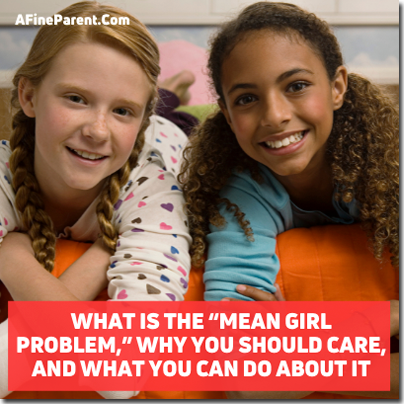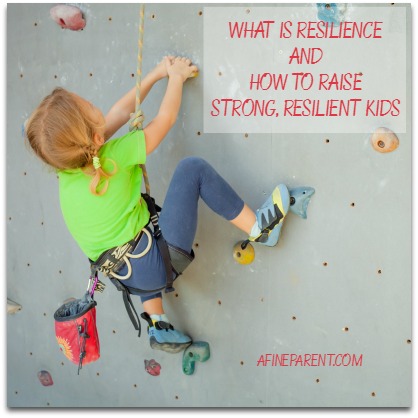 I still remember getting my first perm in middle school and smiling from ear to ear when the most popular girl in the school touched my hair and told me it “looked great.” That compliment felt like a rite of passage, at an age where acceptance was constantly sought out by most girls–even at the cost of meanness.
I still remember getting my first perm in middle school and smiling from ear to ear when the most popular girl in the school touched my hair and told me it “looked great.” That compliment felt like a rite of passage, at an age where acceptance was constantly sought out by most girls–even at the cost of meanness.
Once I started playing sports, I found a group of girls that were supportive and caring, many of whom I still keep in touch with today. But even while my team gave a sense of belonging, I still witnessed how very real the mean girl problem was. As I look at my young daughter, so devoted and loving to her friends and peers, I can’t help but cringe at the thought of her eventual experience with the mean girl problem.
The National Center for Education Statistics reported in 2019 that an average of 22 percent of students ages 12 to 18 reported being bullied, with girls reporting significantly higher (25.5%) than boys (19.1%).
Studies show that bullying can occur amongst any gender, race, socio-economic class, and even age (Do you know a bully in adulthood? Yeah, me too). We also know that there is importance in understanding the role that gender stereotypes play in bullying. Gender identity can impact how children adapt and interact with their peers; gender stereotypes can influence bullying as they impact the socialization of children into gender roles.
Yes, even in 2021, young boys are still socialized to be strong and independent, while females are socialized to be sensitive and understanding. Children who don’t act according to their expected gender roles are at higher risk of bullying by their peers. [Read more…]
 I want you to take a moment to contemplate this question.
I want you to take a moment to contemplate this question. Looking into the face of your newborn is one of the most mesmerizing experiences a parent can have, even when it’s number two, three or four.
Looking into the face of your newborn is one of the most mesmerizing experiences a parent can have, even when it’s number two, three or four. “Jacob! Come here, please!”
“Jacob! Come here, please!” You’ve probably heard the word grit mentioned several times in the recent years in the context of raising kids who go on to fulfill their potential.
You’ve probably heard the word grit mentioned several times in the recent years in the context of raising kids who go on to fulfill their potential. As word of Duckworth’s research has spread, grit has become a hot topic in education and parenting circles, and supporters want to know how to build grit in children. Although Duckworth herself says she doesn’t know definitively how to increase grit in young people, she is hopeful it can be taught, and she and her team are working with researchers and schools across the country to find out how.
As word of Duckworth’s research has spread, grit has become a hot topic in education and parenting circles, and supporters want to know how to build grit in children. Although Duckworth herself says she doesn’t know definitively how to increase grit in young people, she is hopeful it can be taught, and she and her team are working with researchers and schools across the country to find out how.